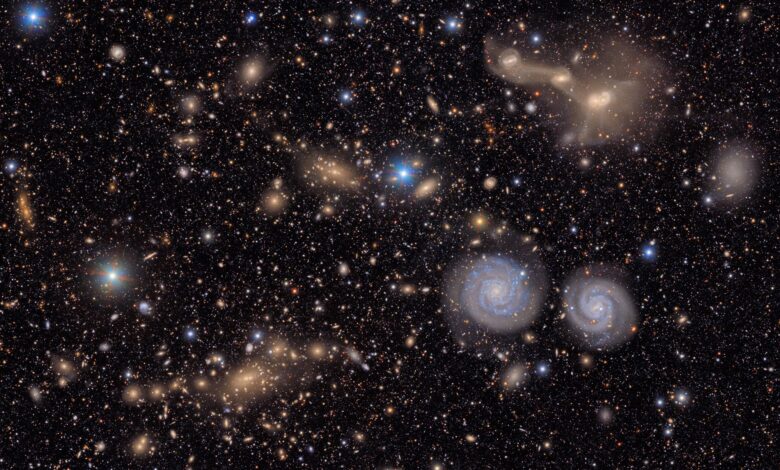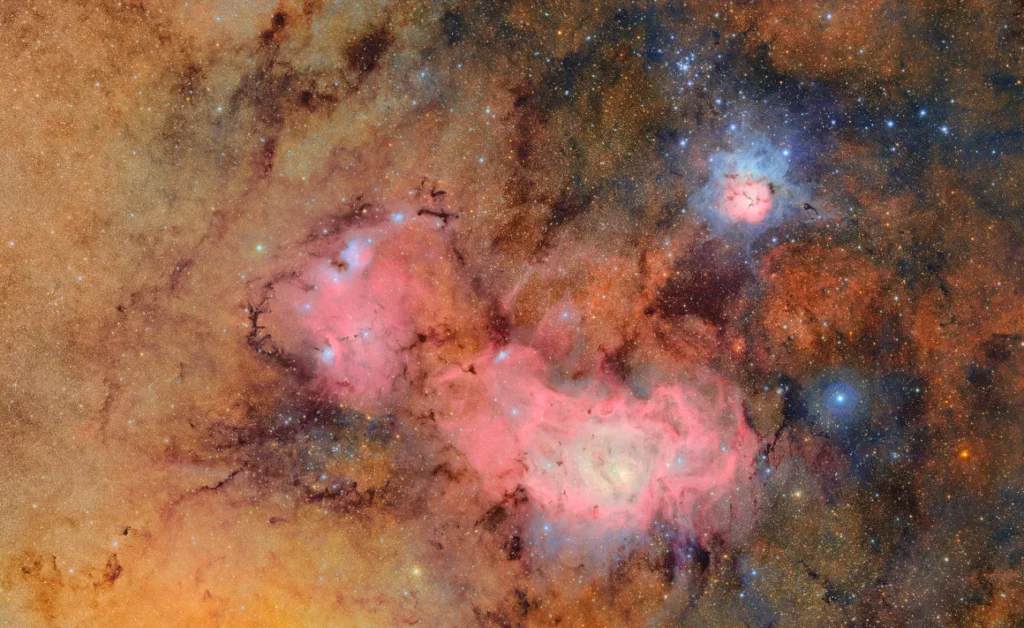First Images From the Largest Camera Ever Built Show God’s Handywork

The cosmos is more magnificent than thought, images from an observatory reveal. They’re bringing new appreciation for Psalm 19, which reveals: “The heavens declare the glory of God; the skies proclaim the work of his hands.”
Perched atop Chile’s Cerro Pachón, the Vera C. Rubin Observatory has released its first images, offering a preview of what scientists call a revolution in astronomy. The observatory, decades in the making and now home to the world’s largest digital camera, captured millions of stars and galaxies in stunning detail—plus thousands of asteroids never before seen.
In just ten hours of test observations, Rubin’s 8.4-meter telescope and 3,200-megapixel camera spotted more than 2,100 previously undetected asteroids, including seven near-Earth objects. The observatory’s sensitive optics and rapid-fire image cadence promise to uncover millions more space rocks and phenomena over its decade-long Legacy Survey of Space and Time, set to begin later this year.

Some have said it’s a literal map of creation.
The spectacular photos have astronomers buzzing. Rubin’s initial images include breathtaking mosaics of the Trifid and Lagoon nebulae—stellar nurseries glowing in pinks and reds, now seen with details invisible to any previous telescope. A video dubbed the “cosmic treasure chest” zooms from two galaxies out to a sweep of 10 million more, offering just a sliver of the observatory’s potential as it prepares to scan the Southern Hemisphere sky every few nights for the next ten years. You can even zoom in yourself.
What sets Rubin apart isn’t just its size or speed. It’s the ambition: to create a high-definition, time-lapse “movie” of the universe. The observatory will generate some 20 terabytes of data per day, accumulating more information than all past optical surveys combined. Scientists hope to use this unprecedented trove to probe everything from dark matter and dark energy to the origins of solar systems and the fate of distant galaxies.
Named for Vera Rubin, whose work confirmed the existence of dark matter, the observatory opens a new window on the cosmos—and, perhaps, on mysteries we haven’t yet imagined.
“We’re absolutely guaranteed to find something that blows people’s minds,” said Anthony Tyson, the observatory’s chief scientist. “Rubin Observatory will capture more information about our universe than all optical telescopes throughout history combined,” added Brian Stone of the National Science Foundation. As commissioning scientist Elana Urbach put it, the goal is no less than to “understand the history of the universe.” Or, as Mario Juric, data project scientist, summed up: “What makes Rubin so powerful is that we can build one machine that supplies data to the entire community to solve all of these questions at once.”
–Dwight Widaman







